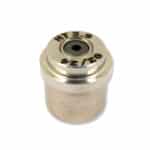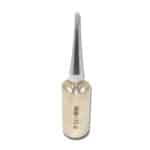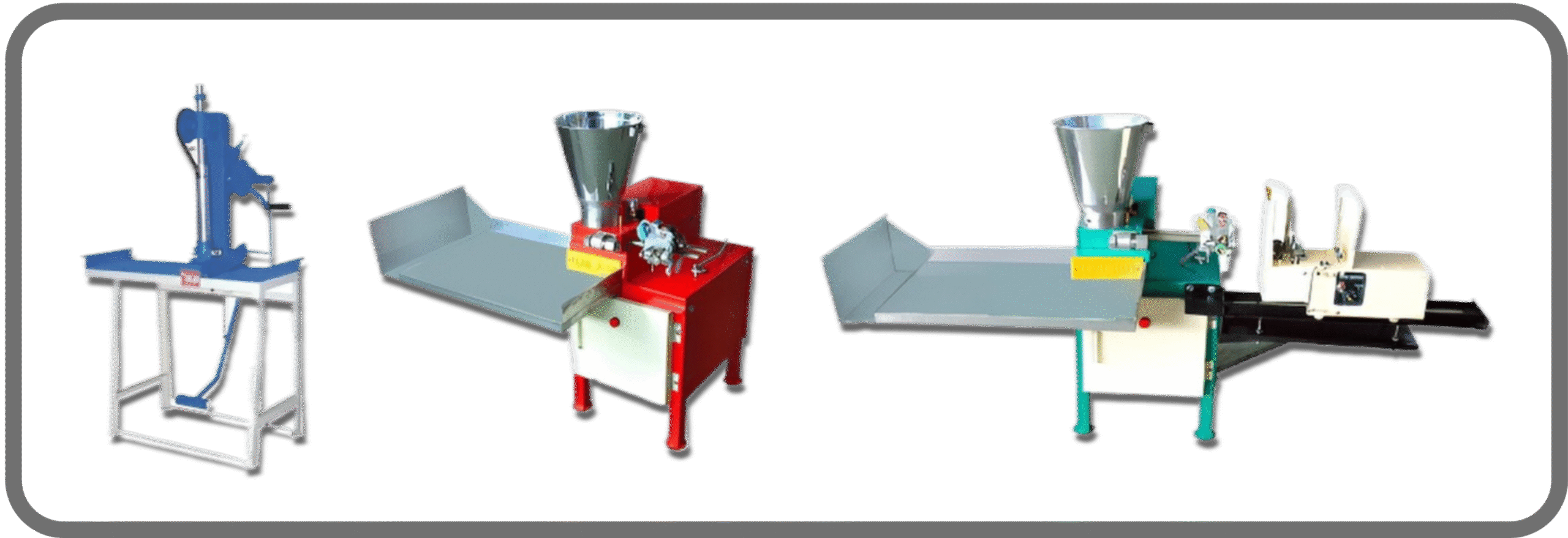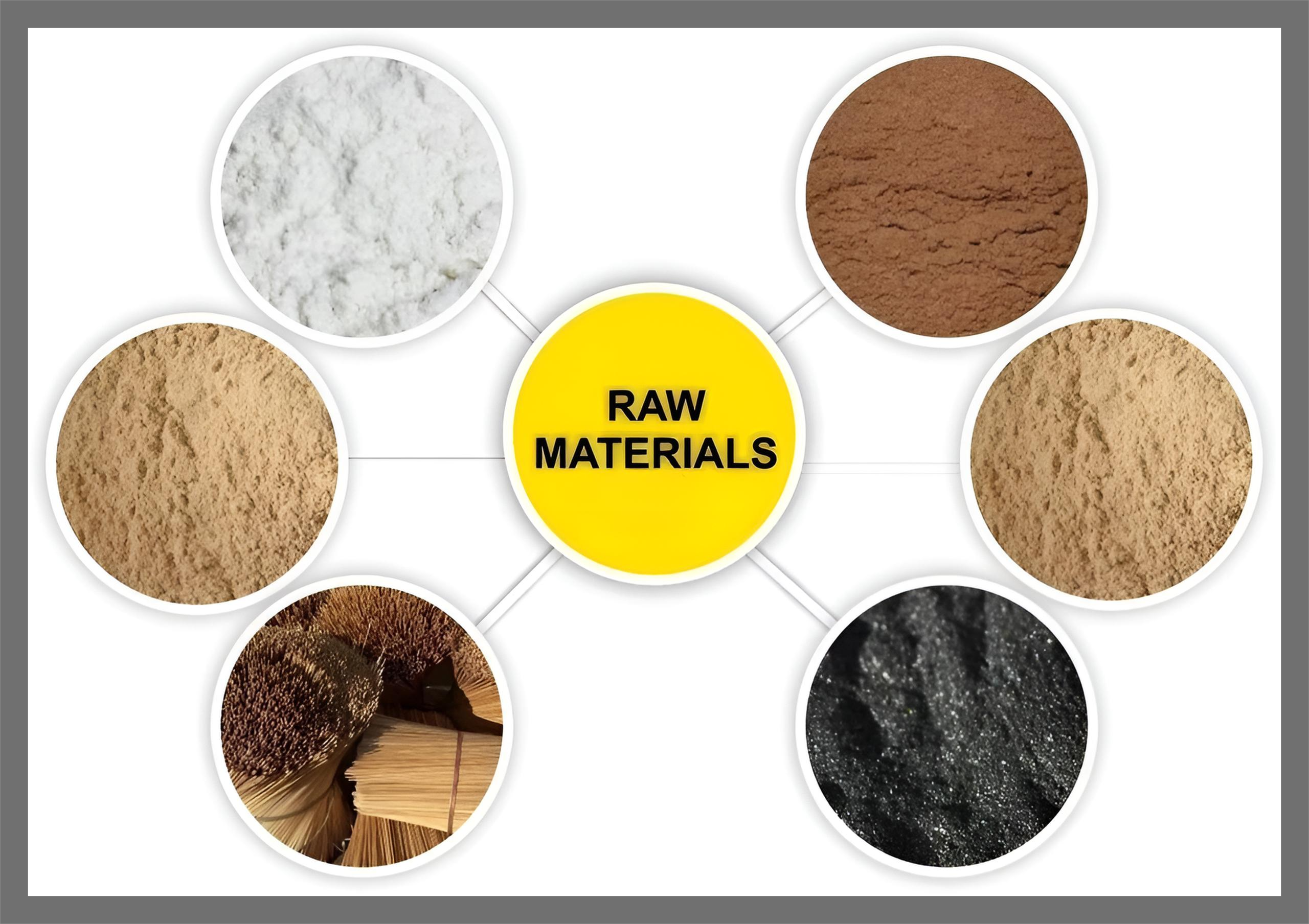Blog
Complete Guide to Agarbatti Making Machine: Start Your Own Incense Business Today
Page Contents
- 1 What is an Agarbatti Making Machine?
- 2 Why Start an Agarbatti Making Business?
- 3 Types of Agarbatti Making Machines
- 4 Essential Raw Materials for Agarbatti Production
- 5 Setting Up Your Agarbatti Manufacturing Unit
- 6 Machine Spare Parts and Maintenance
- 7 Cost Analysis and Investment Requirements
- 8 Market Demand and Business Opportunities
- 9 Finding Reliable Suppliers in Nagpur and Other Cities
- 10 Tips for Success in Agarbatti Business
The sweet fragrance of incense sticks fills millions of homes across India every day, making the agarbatti making machine business idea one of the most promising ventures in today’s market. Whether you’re looking to start small from home or establish a large-scale manufacturing unit, understanding the right equipment and processes can set you on the path to success.
What is an Agarbatti Making Machine?
An agarbatti making machine is specialized equipment designed to automate the production of incense sticks. These machines take raw materials like bamboo sticks, charcoal powder, and aromatic compounds to create perfectly formed agarbatti that burns evenly and releases pleasant fragrances.
The beauty of modern agarbatti machines lies in their simplicity and efficiency. You don’t need years of technical training to operate them. Most machines come with user-friendly controls that even beginners can master within a few days of practice.
Key Features of Modern Agarbatti Making Machines
-
Automated mixing and coating systems
-
Adjustable thickness settings for different stick sizes
-
High-speed production capabilities
-
Energy-efficient motors
-
Easy cleaning and maintenance features
-
Compact designs suitable for small spaces
Why Start an Agarbatti Making Business?
The agarbatti industry in India is worth over ₹2,000 crores and continues growing at 15% annually. This makes it an excellent business idea for entrepreneurs looking for steady demand and good profit margins.
Growing Market Demand
Indian households use agarbatti daily for religious ceremonies, meditation, and creating pleasant atmospheres. The export market is also expanding as international customers discover the therapeutic benefits of Indian incense.
Low Investment, High Returns
Starting an agarbatti business requires relatively low initial investment compared to other manufacturing ventures. A basic setup with a quality agarbatti making machine can begin production within weeks, not months.
Flexible Business Model
You can start small from your home with a manual machine and gradually scale up to automatic systems as your business grows. This flexibility makes it perfect for first-time entrepreneurs and experienced business owners alike.
Types of Agarbatti Making Machines
Manual Agarbatti Making Machine
Perfect for beginners and home-based operations, manual machines require human operation but produce consistent quality sticks. These cost between ₹15,000 to ₹25000 and can produce 200-500 sticks per hour.
Advantages:
-
Low initial investment
-
Simple operation and maintenance
-
Suitable for small-scale production
-
Easy to learn and operate
Semi-Automatic Agarbatti Making Machine
These machines combine manual feeding with automated processing. They’re ideal for medium-scale production and cost between ₹35000 to ₹50000.
Features:
-
Higher production capacity (800-1500 sticks per hour)
-
Better consistency in stick quality
-
Reduced labor requirements
-
Moderate investment needs
Fully Automatic Agarbatti Making Machine
For large-scale commercial production, fully automatic machines offer the highest efficiency. These systems can produce 2000-5000 sticks per hour and cost between ₹65000 to ₹95000.
Benefits:
-
Maximum production capacity
-
Minimal human intervention
-
Consistent product quality
-
Long-term cost effectiveness
Essential Raw Materials for Agarbatti Production
Understanding raw material requirements is important for maintaining consistent production and controlling costs.
Primary Raw Materials
Bamboo Sticks: The foundation of every agarbatti. Choose straight, uniform sticks of appropriate length and thickness. Quality bamboo sticks ensure better coating adhesion and even burning.
Charcoal Powder: Acts as the binding agent and provides the base for fragrance absorption. Fine, high-quality charcoal powder creates smoother coatings.
Jiggat Powder (Tree Bark Powder): Natural binding agent that helps materials stick to bamboo. This organic component improves stick durability.
Sawdust: Adds bulk to the mixture and helps control burning speed. Different wood types create varying burn characteristics.
Aromatic Components
Essential Oils: Create the signature fragrance of your agarbatti. Popular options include sandalwood, jasmine, rose, and lavender oils.
Perfume Compounds: Synthetic fragrances offer consistency and cost-effectiveness for large-scale production.
Natural Resins: Add depth to fragrances and improve burning quality.
Quality Control in Raw Materials
Always source materials from trusted suppliers who provide consistent quality. Test small batches before bulk purchases to ensure compatibility with your agarbatti making machine and desired end product.
Setting Up Your Agarbatti Manufacturing Unit
Space Requirements
A small-scale operation needs 200-500 square feet, while larger setups require 1000-2000 square feet. Ensure adequate ventilation, electrical connections, and storage space for raw materials and finished products.
Location Considerations
Choose locations with:
-
Good transportation connectivity
-
Reliable electricity supply
-
Reasonable rent or purchase costs
-
Compliance with local zoning laws
-
Access to skilled labor
Essential Equipment Beyond the Main Machine
Drying Racks: Wooden or metal racks for air-drying finished sticks
Mixing Equipment: For preparing consistent raw material blends
Weighing Scales: For accurate material measurement
Storage Containers: Keep raw materials fresh and organized
Packaging Equipment: For professional product presentation
Electrical and Safety Requirements
Install proper electrical connections with voltage stabilizers to protect your agarbatti making machine. Include fire safety equipment, first aid kits, and ensure good lighting throughout the work area.
Machine Spare Parts and Maintenance
Regular maintenance keeps your agarbatti making machine running smoothly and extends its lifespan. Understanding common machine spare parts helps minimize downtime.
Common Spare Parts
Motor Components: DC motor, Gear Motor
Rollers and panel parts: Rubber rollers, MS rollers, Sensor, Oil cup.
Other parts: Drive components that transfer power throughout the machine
Pistons: Die, Rocket, Piston set.
Maintenance Schedule
Daily Maintenance:
-
Clean machine surfaces and remove material buildup
-
Check for unusual sounds or vibrations
-
Lubricate moving parts as recommended
-
Inspect electrical connections
Weekly Maintenance:
-
Deep clean all machine components
-
Check belt tension and alignment
-
Inspect cutting blades for sharpness
-
Test safety features and emergency stops
Monthly Maintenance:
-
Replace worn components
-
Professional inspection of electrical systems
-
Calibrate machine settings
-
Update maintenance records
Finding Quality Spare Parts
Establish relationships with authorized dealers like Ashish Professional Sales who stock genuine machine spare parts. Many suppliers in industrial areas like Nagpur specialize in agarbatti machine components and provide quick delivery services.

Cost Analysis and Investment Requirements
Initial Investment Breakdown
Machine Costs:
-
Manual machines: ₹15,000 – ₹25000
-
Semi-automatic: ₹35000 – ₹50000
-
Fully automatic: ₹65000 – ₹95000
Setup Costs:
-
Space setup and utilities: ₹50,000 – ₹2,00,000
-
Initial raw material stock: ₹25,000 – ₹1,00,000
-
Additional equipment: ₹30,000 – ₹1,50,000
-
Working capital: ₹50,000 – ₹3,00,000
Operating Costs
Monthly Expenses:
-
Raw materials: 60-70% of revenue
-
Labor costs: 10-15% of revenue
-
Electricity and utilities: 3-5% of revenue
-
Maintenance and repairs: 2-3% of revenue
-
Marketing and distribution: 5-8% of revenue
Revenue Potential
A small-scale operation producing 1000 sticks daily can generate ₹15,000-25,000 monthly revenue. Medium-scale units producing 5000-10,000 sticks daily can earn ₹75,000-2,00,000 monthly.
Profit margins typically range from 25-40%, depending on production efficiency, material costs, and market positioning.
Market Demand and Business Opportunities
Domestic Market Opportunities
The Indian agarbatti market serves diverse customer segments:
Religious Institutions: Temples, churches, and mosques require large quantities regularly
Retail Consumers: Families purchase for daily use and special occasions
Hotels and Spas: Commercial establishments use premium agarbatti for ambiance
Export Markets: International demand continues growing
Seasonal Demand Patterns
Agarbatti sales peak during:
-
Festival seasons (Diwali, Durga Puja, Christmas)
-
Wedding seasons
-
Religious observances
-
Summer months when people prefer pleasant fragrances indoors
Understanding these patterns helps plan production schedules and inventory management.
Competitive Advantages
Quality Focus: Premium ingredients and consistent production create loyal customers
Custom Fragrances: Develop unique scent combinations for niche markets
Sustainable Practices: Eco-friendly materials appeal to conscious consumers
Local Partnerships: Collaborate with religious institutions and retailers
Finding Reliable Suppliers in Nagpur and Other Cities
Nagpur has emerged as a major hub for agarbatti machine suppliers and raw material dealers. The city’s central location and industrial infrastructure make it ideal for sourcing equipment and materials.
Key Supplier Categories
Machine Suppliers: Companies like Ashish Professional Sales specialize in various types of agarbatti making machines and provide comprehensive support including installation, training, and after-sales service.
Raw Material Suppliers: Established dealers offer bulk quantities of bamboo sticks, charcoal powder, and aromatic compounds at competitive prices.
Spare Parts Dealers: Specialized shops stock common replacement parts and provide quick delivery services.
Evaluating Suppliers
Quality Standards: Visit facilities and inspect product samples before committing to large orders
Delivery Reliability: Choose suppliers with proven track records for timely deliveries
Technical Support: Prefer vendors offering installation, training, and ongoing technical assistance
Pricing Transparency: Work with suppliers providing clear, competitive pricing structures
Building Supplier Relationships
Maintain good relationships with multiple suppliers to ensure consistent material availability and competitive pricing. Regular communication and prompt payments help secure priority treatment during high-demand periods.
Tips for Success in Agarbatti Business
Product Quality Management
Consistent Raw Materials: Use standardized recipes and quality-tested materials for every batch
Production Monitoring: Regular quality checks during production prevent defective products
Customer Feedback: Listen to customer preferences and adjust formulations accordingly
Packaging Standards: Professional packaging protects products and enhances brand appeal
Marketing and Sales Strategies
Local Market Development: Start with nearby retailers, temples, and community centers
Online Presence: Create websites and social media profiles to reach broader audiences
Trade Shows: Participate in local and national exhibitions to network with buyers
Sample Distribution: Offer free samples to potential customers for trial
Financial Management
Cost Control: Monitor material costs and optimize production processes to maintain margins
Cash Flow Management: Maintain adequate working capital for smooth operations
Record Keeping: Detailed financial records help track profitability and plan growth
Insurance Coverage: Protect your investment with appropriate insurance policies
Scaling Your Business
Gradual Expansion: Increase capacity based on proven demand rather than speculation
Product Diversification: Add related products like dhoop, camphor, or potpourri
Geographic Expansion: Explore new markets once local operations are stable
Technology Upgrades: Invest in better agarbatti making machines as business grows
The agarbatti industry offers excellent opportunities for entrepreneurs willing to focus on quality and customer satisfaction. With the right agarbatti making machine, quality raw materials, and dedication to building a strong business, you can create a profitable venture that serves both spiritual and commercial needs.
Starting an agarbatti business requires careful planning, but the combination of steady demand, reasonable investment requirements, and good profit potential makes it an attractive business idea for many entrepreneurs. Whether you choose to start small with a manual machine or invest in automatic equipment from suppliers like Ashish Professional Sales in Nagpur, success depends on consistent quality, reliable production, and effective marketing.
Remember that building any manufacturing business takes time and patience. Focus on creating quality products, maintaining good supplier relationships, and serving your customers well. With these foundations in place, your agarbatti business can grow into a successful and profitable venture that brings joy and peace to countless homes and hearts.
Ready to start your agarbatti making journey? Research local suppliers, visit machine demonstrations, and begin with a scale that matches your investment capacity and market knowledge. The fragrant path to entrepreneurial success awaits!






 Nut & Bolts
Nut & Bolts

